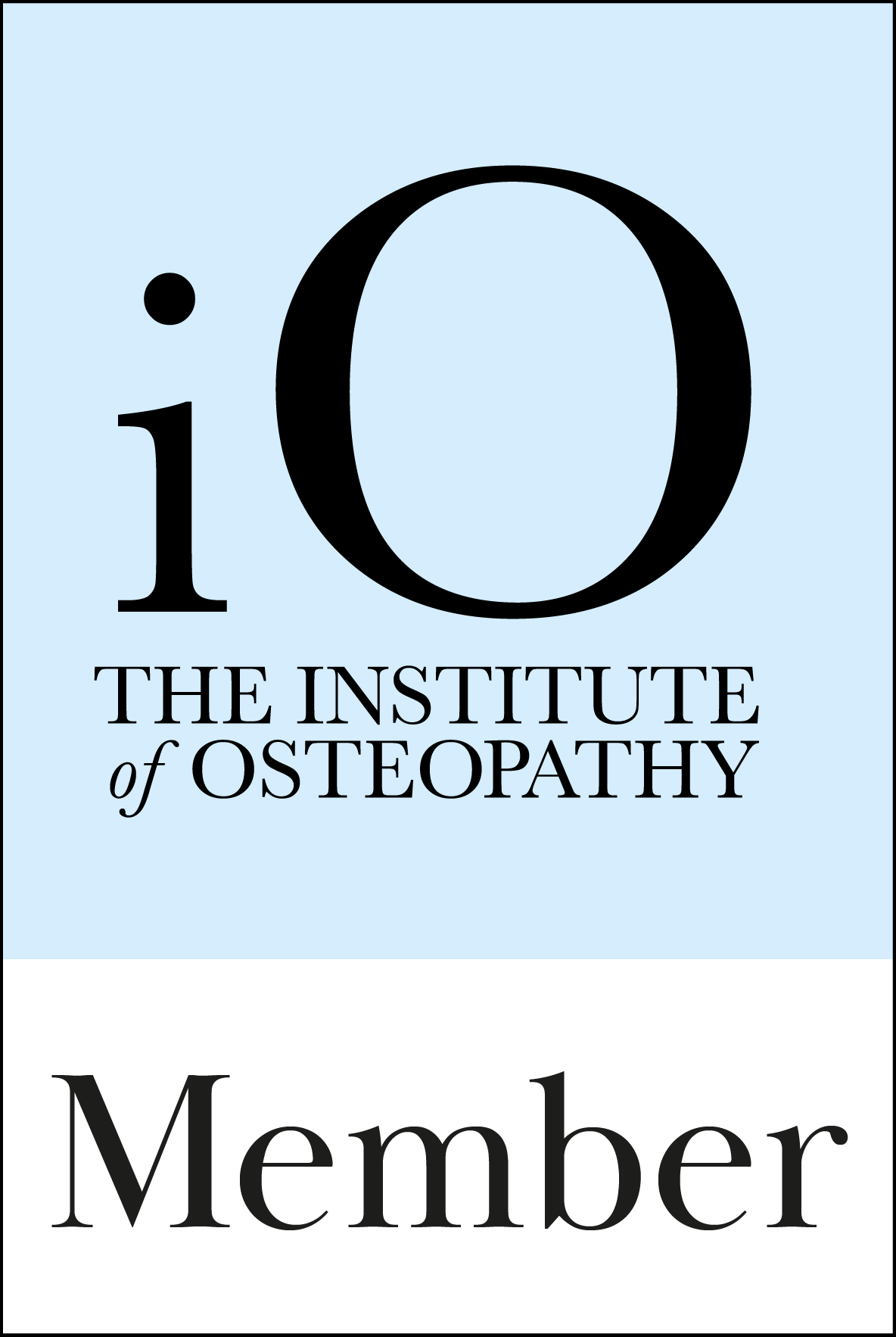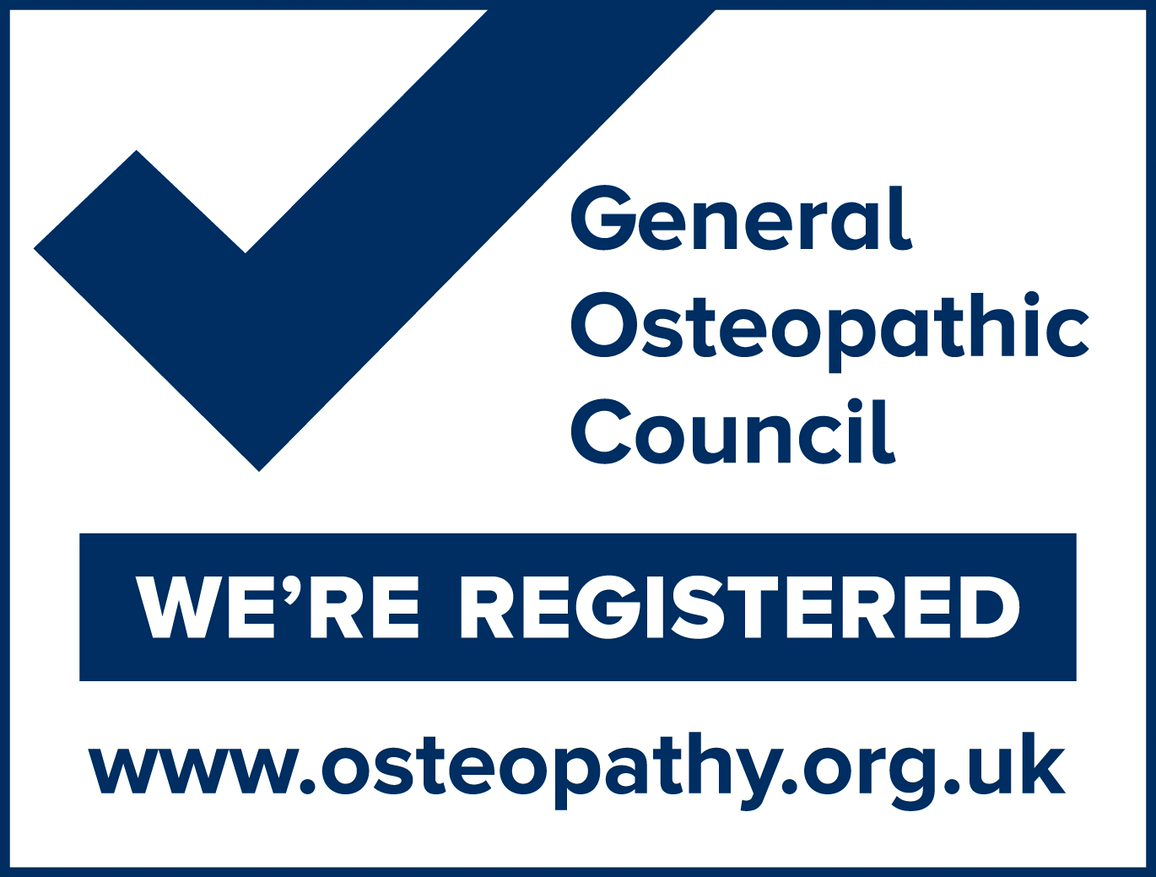
A Podiatrist’s scope of practice covers all aspects of foot health.
In order to achieve State Registration, a Podiatrist must complete a three year Bachelor of Science degree covering the anatomy and Physiology of the lower extremity as well as Pharmacology, Biomechanics and nail surgery.
As such, Podiatrists treat a wide range of foot problems;
- Children and adults with toe and foot deformities
- Individuals with Diabetes who would like a neurovascular assessment of the foot and targeted preventative advice
- Adults and children who require Biomechanical (structural ) examination and the prescription of orthotics (insoles)
- Those with long standing, persistent corns or calluses who require up to date, detailed footwear advice and active treatment
- Plantar Fasciitis (severe heel pain)
- In growing toenails
- Individuals with structural foot problems relating to Rheumatoid arthritis and other systemic disease
A consultation will include:
- Case history: A full medical history to include any operations, interventions you may have tried and any medication you are taking.
- Examination: This may be on the patient couch, or may involve watching you walking or standing.
- Treatment: For complete patient confidence, we use single-use instruments in-line with current clinical guidelines from the College of Podiatry and HCPC.
- Written and verbal advice: Footwear advice will be prescriptive and specific so you can shop locally for the shoe which suits your foot shape and lifestyle.
Common Treatments for Podaitry
A full medical history, vascular and neurological examination and specific education is offered, with an emphasis on the prevention of foot problems. As a Diabetic, an Annual Foot check is imperative to maintain foot health. For some, a regular appointment is required and for others this annual check and the availability of advice when needed is sufficient. Once your assessment is completed you will be given information about your foot health and will have a greater understanding of your risk of complications relating to your Diabetes and importantly you will have the knowledge to limit your risk of problems. In addition, we will be a point of contact should you require advice for an urgent foot problem.
There are several developmental conditions (Severs disease, Perthes’ disease) which are relatively common, especially in sporty children. If not addressed these can prevent the child partaking in sporting activities altogether and therefore, we aim to address the cause and provide a management plan to get them back to their best. This will often start with an assessment of their current footwear so please do bring along a bag of their most used footwear to an assessment. Orthotics may be necessary to alter the alignment of the foot and reduce stresses and stretches may be recommended.
Foot pain can occur for a variety of reasons and sometimes with no obvious cause. It is my job to establish the cause and advice the best course of action, from a change of footwear to a full Biomechanical assessment which will involve a full history taking, observing you walk, and an assessment of the mechanics of your feet. Conditions such as Plantar fasciitis (heel pain) are treated with a combination of footwear advice, non -casted orthotics and stretching exercises. As ever, current NICE guidance is followed and if extra tests such as an x-rays or referral to Physiotherapy/Osteopathy are required, I will assist in arranging this.
Ingrowing, Involuted and many other nail conditions are treated. I can provide advice on prevention and nail cutting to avoid recurrence as well as nail packing which creates a gap between the nail and the skin. Footwear advice is crucial as often these problems are made worse by tight shoes which don’t accommodate the shape of the foot. We do not provide nail surgery currently but can provide advice as to how to arrange this and what the procure involves. Post surgery some patients still require nailcare to prevent reoccurrence, which I can provide.
Verrucae are caused a virus and as such can spread easily both from one foot to the other and to other people. They can resolve spontaneously but for some they are persistent and painful as well as embarrassing, especially in children and young people. The foot is prone as it is often hot, sweaty and in a shoe, which is a perfect breading ground! I will provide advice to counter this and have several treatments available from the use of chemicals called Caustics such as Silver Nitrate, to Formalin, which can be used at home in conjunction with debridement of the overlying skin in clinic.
These are common and often run in families, so I won’t blame your footwear! Also known as Hallux Abducto Valgus which refers to the angle that the big toe (hallux) adopts in this condition. Management is aimed at treating both the prominence and any related toe problems such as crowding and pressure and protecting the metatarsal underneath the foot to limit shock through that region, as a preventive measure. Shock absorbing insoles and Ottoform inter-digital devices are used to manage this long term. I can also advise on your suitability for orthopaedic surgery and am happy to refer if necessary.
Fungal nails and skin infections
Athletes foot is very common and is often the cause of nail mycosis (fungal nails) as it transfers from the skin to the nail very easily, especially if the nail is damaged. For this reason, the best form of prevention of fungal nails is to treat Athlete’s foot even if it is not symptomatic.
It is notoriously difficult to treat nail fungus once it has affected all nails. If up to three nails are affected topical treatments can be affective but require persistence! For topical treatment to be absorbed the nail must be porous and so nail reduction with a specialist drill can help this treatment along. We offer topical treatments in line with the current NICE advice, (which does not currently include needling or laser treatments) in the form of topical Amorolfine. If all nails are infected, and are causing you distress, we can arrange referral to your GP for Oral Terbinafine or Itraconazole, although these medications are not suitable for all.
Unfortunately, the aging process also affects the foot like every other part of the body! The skin can be prone to thinning and can be more likely to break open or bruise after the smallest of knocks or from a shoe rubbing. For this reason, some patients will require regular appointments for wound care, nailcare and advice. The foot can also be more prone to infections such as cellulitis and general footcare can be useful to avoid these more serious complications. Often eyesight and mobility problems mean it is best left for the professionals to manage footcare. As a patient of the clinic, you will be reminded of the signs and symptoms of infection so you can act quickly if you have a problem.
Patients with this systemic form of arthritis often have a characteristic foot type with deformity which can make finding footwear a challenge. Often these patients will benefit from regular Podiatry to manage corns and calluses which can develop if the deformity means parts of the feet are getting increased load or pressure. Orthotics to reduce these pressures can be provided and footwear advice given.
Patients with poor circulation can be prone to these discoloured blisters which can be dry or fluid filled and tend to occur in the winter months as a response to cold, or more specifically, rewarming the foot too quickly once they are cold. Layering hosiery, thick soled footwear (even around the house) and some creams can help in terms of prevention. Any open, weepy wound will need regular dressings to prevent infection and blisters when fluid filled can require a short course of appointments to heal up.
Callouses are areas of thickened skin, often occurring where there is high pressure, for example over an arthritic joint or bunion. It is the body’s response to this pressure, to protect the joint beneath, but unfortunately if the pressure persists, they can develop into Corns with have a centre or nucleus which needs removing professionally. Once removed, treatments include medicaments and bespoke devices to take the load off particular areas of the feet. Footwear can have a huge impact at reducing these pressures too.



